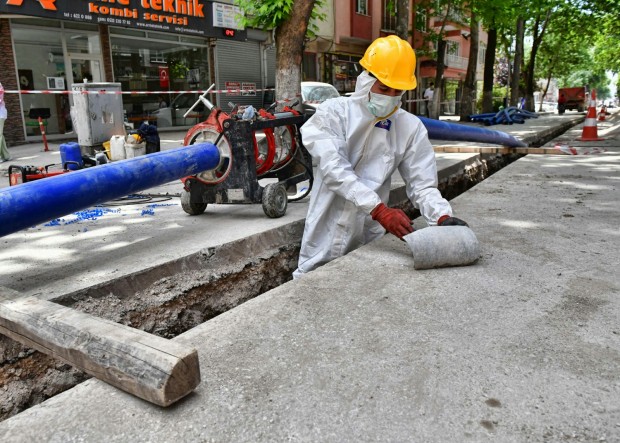Despite the widespread use of asbestos in a variety of construction processes, it has a severe impact on human health. Nevertheless, because of its capacity to improve materials' strength and fire resistance, it became a popular choice for flooring, roofing, and insulation.

(Photo : Unsplash/SELİM ARDA ERYILMAZ)
Uses of Asbestos in Construction
Since the beginning of time, people have been mining and using asbestos, a naturally occurring material that can be found worldwide. Asbestos products have been in use since the ancient Greeks and Romans. Following the industrial revolution in the United Kingdom in the late 1800s, asbestos became increasingly popular. This was when asbestos was commercialized and imported in significant quantities for manufacturing.
As mentioned, because of its high fiber strength and resilience to heat, asbestos has been used in various building construction materials primarily to provide insulation and act as a fire retardant. Therefore, products that contain asbestos can be found in every kind of building material.
Many buildings include schools, hospitals, offices, hotels, houses, and other structures. It is incorporated within the structure of the building or contained within products that had been placed in the past. On the other hand, it is difficult to determine whether materials contain asbestos since it was used in many building items.
Also Read: 5 Reasons to Choose Wrought Iron for Your Next Construction Project
Health Risks of Utilizing Asbestos
Asbestos is a collection of well-known minerals for their resistance to heat and durability. Before the 1980s, businesses used it in thousands of different items. Over several decades, asbestos was widely used due to its low cost, high strength, and resistance to fire. Thus, as time went on, more and more research demonstrated that being exposed to asbestos was associated with significant health concerns.
These cancers include mesothelioma and lung cancer, both of which are caused by asbestos. During the 1980s, the United States of America started implementing stricter rules regarding asbestos. Despite this, there are currently ongoing dangers of asbestos exposure due to previous use of the mineral.
Even though the United States has not yet issued a comprehensive ban on the usage of the substance, there is still mining and utilization of the material in other countries.
As mentioned, the presence of asbestos in any quantity is not considered to be safe. When it comes to products, those that include more than one percent of asbestos minerals are deemed asbestos-containing. Asbestos-related diseases are more likely to develop in those who have been exposed to a greater quantity of asbestos.
Both lung cancer and asbestosis are diseases that are connected to dosage. Based on dose, the likelihood of becoming ill is proportional to the amount of asbestos breathed in. Mesothelioma is the only disease that is distinct from asbestos-related illnesses.
This sickness can be caused by exposure to trim levels of asbestos. Accordingly, there have been cases of mesothelioma in the families of asbestos workers, which was caused by the dust that the workers brought home on their clothing.
Some people who are exposed to asbestos do not develop an asbestos-related disease. Nevertheless, the chance of developing an asbestos-related disease is increased for anybody who has been exposed to asbestos. Treating any asbestos-related illness is exceedingly challenging, and most of it cannot be cured at all. As a result, prevention is the sole effective treatment for the majority of asbestos-related diseases.
Related Article: Material Storage: 6 Techniques For Safely Handling and Storing Building Materials







